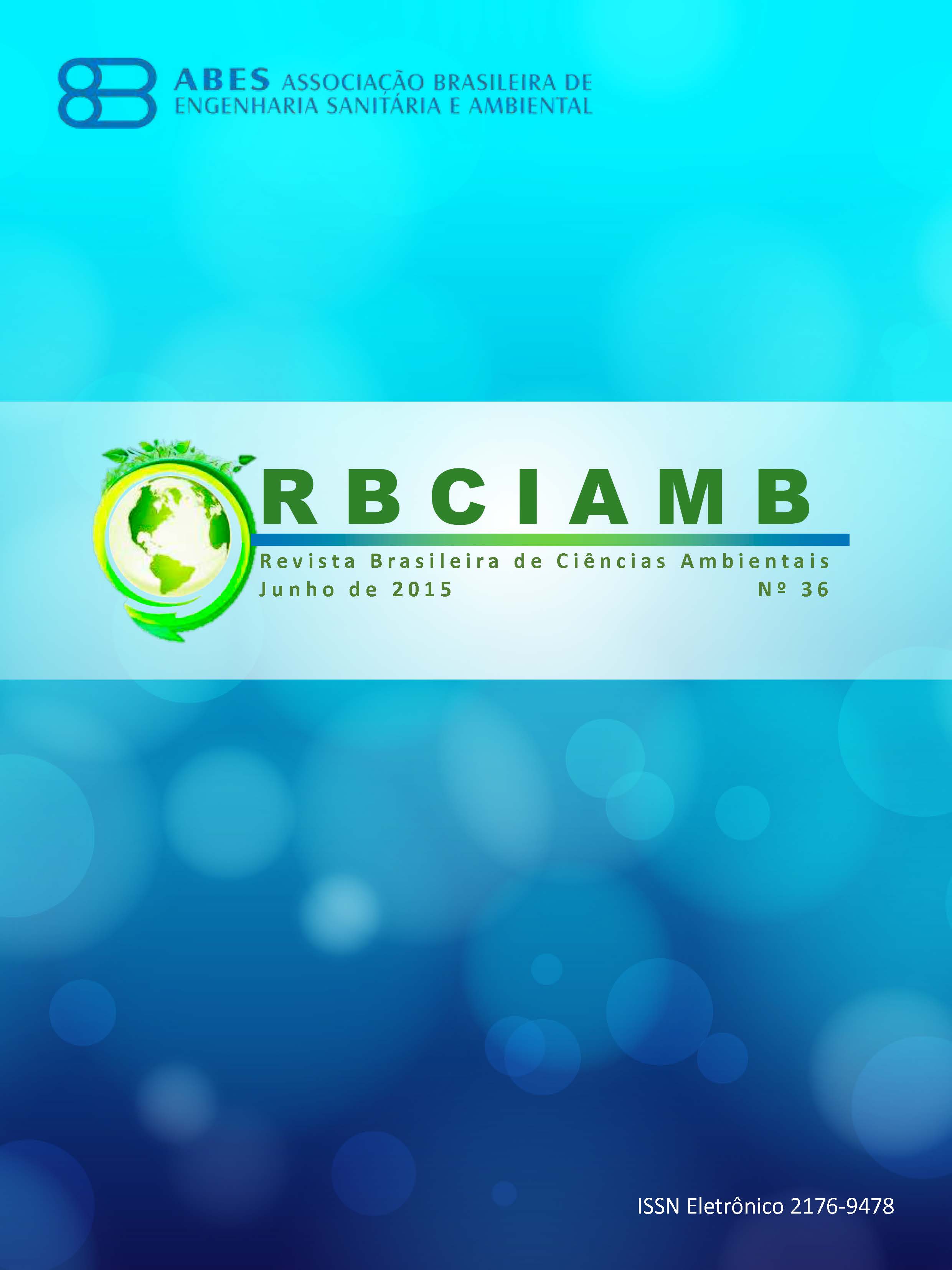CARRYING CAPACITY LIMITS OF NET CAGE AQUACULTURE IN BRAZILIAN RESERVOIRS
DOI:
https://doi.org/10.5327/Z2176-947820151008Keywords:
net cageculture; green aquaculture; tilapia; Oreochromis niloticus; Itaparica; São Francisco.Abstract
Finfish aquaculture in net cages is widely used in Brazilian reservoirs, mainly
for tilapia production. There is a large and increasing potential for production
in the São Francisco river basin, and particularly the Itaparica reservoir. Tilapia
production amounts to 24,000 t y-1, with a licensed amount of 43,267 t y-1.
This intensive fish production in net cages is responsible for a significant
biological oxygen demand, and phosphorus and nitrogen load on the reservoir,
which promotes eutrophication. Particulate organic matter released from the
net cages accumulates beneath the net cages, and a minimum water depth
beneath the net cages of 10 m is required to limit the sediment increase to
a few millimetres per year. Modeling of Icó-Mandantes bay has identified a
reduced water exchange within the bay. Modeling of the effect of net cage
aquaculture within the Icó-Mandantes bay points out clearly the significant
increase in dissolved phosphorus and the accumulation inside the bay area.
The carrying capacity of the reservoir was determined using the P load
model, with a critical P concentration based on the phosphorus use efficiency.
The critical P concentration amounts 25 μg L-1, and the critical P load of the
reservoir amounts 2.84 g m-2 y-1; the actual load is already 3.30 g m-2 y-1,
such the reservoir is already overcharged by nutrients. A sustainable “blue”
aquaculture must be implemented based on use of advanced systems, species
selection, fish feed, and linked production systems.
Downloads
Downloads
Published
How to Cite
Issue
Section
License
Copyright (c) 2015 Revista Brasileira de Ciências Ambientais

This work is licensed under a Creative Commons Attribution 4.0 International License.


























